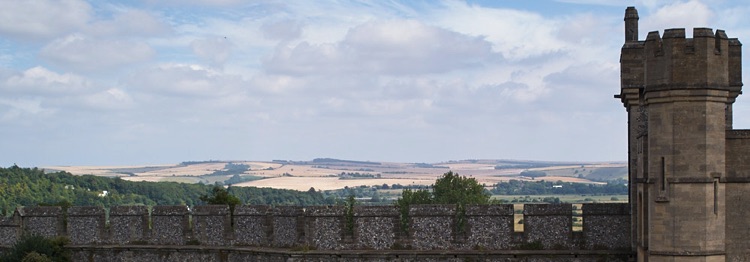1415
Year
The Battle of Agincourt
Event
Pre-curser
The first Plantagenet king of England, Henry II had established a large empire that encompassed England, Wales and large parts of France. Over time, much of this land had been won back back by the French. In 1415, the major French dukedoms of Burgundy and Armagnac were squabbling over the French Royal succession. King Henry V felt he had a legitimate claim to the throne of France himself, via his great-grandfather, Edward II's, marriage to Isabelle, daughter of King Philipe IV of France. Henry wanted to restore Henry II's empire, reclaiming the lands in felt were rightfully his.
Sussex Participation
In 1415, Henry V assembled an expedition to invade France. The principle lords from Sussex in Henry's army were Thomas, Earl of Arundel, Lord Camoys, Lord Maltravers, Sir Thomas West and Sir Roger Fienes. Between them they brought 165 men at arms and 493 archers. It should be noted that Arundel's contingent would have included some Welsh archers from his marcher estates, although there would likely have been Sussex men serving under other Lords also. This is quite a significant contribution from one county, especially given that the men of the Sussex Cinque Ports would have been charged with helping to outfit Henry's fleet of 1500 ships.
About Longbows
The longbow was by primary weapon of Henry's army. The weapon had long proven its worth in medieval warfare having been a significant factor in Edward III's victories at the battle of Poitiers and at Crécy. Massed ranks of archers were capable of proving rapid, deadly fire over a broad area of ground. In the heat of battle, a good archer could sustain a rate of 6 shots per minute - the longbow might be considered the machine gun of the middle ages.
To ensure a state of military readiness, men in England between the ages of 16 and 60 were required to attend shooting practice after services on on Sunday and on feast days. Arrow notches can be found in a number of Sussex churchyards, where archers had sharpened their arrows on stone walls during archery practice. The church of St Michael and All Angels in Berwick has some examples of arrow notches.
Harfleur
On 14th August 1415, gave the signal for his invasion fleet to put to sea. The fleet landed 2 days later at small secluded bay near the important French port of Harfleur. Henry encircled the town and began bombardment with 74 siege canons, gradually destroying the towns defensive wall. Raoul de Gaucourt led a courageous French defense of the town, but was eventually overwhelmed by Henry's forces. After the battle, Henry lost or as many as 5,000 men, either killed or invalided home - a substantial proportion of his army. Earl Thomas of Arundel, one of Henry's most trusted lieutenant was one of those invalided home. Arundel was mortally ill and died shortly after his return to his castle at Arundel. After Harfleur, Henry marched towards the English held town of Calais, where he hoped to give his men a chance to recuperate. The French had mustered a large army and blocked Henry's path near the small town of Agincourt.
The Battle of Agincourt
Accounts of the numbers vary, but many estimate Henry's army at 5,000 to 6,000 men and the French army at 25,000 to 30,000. The French army was chiefly composed of mounted knights and men at arms, Henrys army army 80% archers with a much small contingent of men at arms. The terrain favored the English, the larger French force would need to attack over a narrowing and muddy field.
Henry arranged his army in three divisions. Henry himself took command of the central division, Edward Duke of York the right flank and Lord Camoys, one of Henry's veteran commanders, the left flank. The French became mired in the mud of the field, as the English archers unleashed a deadly rain of arrows. Unable to move forward in the narrowing field, many French men at arms were trampled underfoot and suffocated in the mud and bodies of the fallen. Henry had achieved a famous victory. For the French Agincourt was a major disaster, losing as many as 12,000 men and many noble families.
Lord Camoys, who commanded the left flank of Henry's army was lord of the manor of Broadwater, now part of Worthing in West Sussex. There is a life-size brass in commemoration of Lord Camoys at St George church in Trotton, West Sussex.

Sussex Timeline


